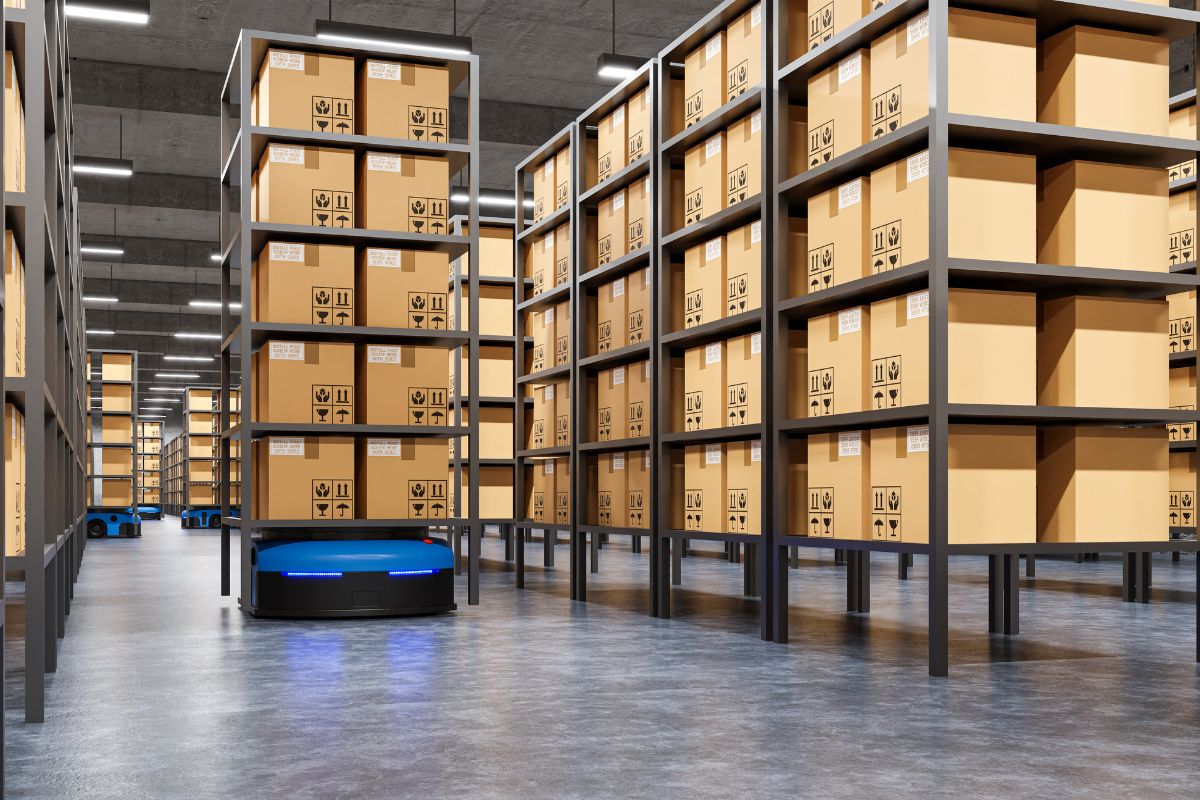Efficient Strategies for Constructing Warehouses Using Prefab Steel Components


In construction, efficiency and durability are paramount. For erecting warehouses, where space optimization and cost-effectiveness are essential, prefab steel components have emerged as a game-changer. This article will delve into efficient strategies for constructing warehouses using prefab steel components.
These strategies have proven their worth in enhancing construction processes, reducing expenses, and ensuring the longevity of warehouse buildings.
Table of Contents
The foundation of an efficient warehouse construction project lies in meticulous planning and design. Prefab steel components require precise measurements and specifications to ensure a seamless fit during assembly. Engaging experienced architects and engineers to create a comprehensive plan is crucial. It allows for optimizing space and customization to meet specific warehouse needs, such as height requirements and load-bearing capacities.
The success of any prefab steel construction project depends on the components’ quality that are selected for building a warehouse. It is vital to collaborate with reputable suppliers who offer high-quality steel parts. Ensuring that the steel components meet industry standards for strength and durability is imperative. Investing in top-notch materials ensures that the warehouse structure will stand the test of time, reducing the need for costly repairs or replacements.
One of the most important advantages of prefab steel components is their ease of assembly. Efficient strategies involve skilled construction teams that swiftly and accurately assemble the steel parts. This reduces labour costs and minimizes the construction timeline, allowing the warehouse to become operational sooner. Additionally, precision during installation ensures the structural integrity of the building.
In today’s environmentally conscious world, constructing warehouses emphasizing energy efficiency and sustainability is essential. Prefab steel components can be integrated with eco-friendly features such as insulated panels and energy-efficient lighting systems. Such features reduce operational costs and contribute to a greener environment. Incorporating sustainability into Constructing Warehouse design is a forward-thinking strategy that pays dividends in the long run.
Constructing Warehouses is all about storage; efficient space utilization is vital to their functionality. Prefab steel components can be tailored to maximize storage capacity by minimizing the need for internal columns or support structures. This open and adaptable design allows for the efficient organization of goods and streamlines logistics operations within the warehouse. Ultimately, it results in cost savings and improved workflow.
The longevity of a warehouse is a significant concern for owners and operators. Efficient strategies for constructing warehouses using prefab steel components include planning for long-term maintenance. Regular inspections and preventive maintenance can identify issues before they become costly problems. Steel structures are inherently durable, but proactive care ensures they perform optimally over the years.
Efficient Constructing Warehouses using prefab steel components is a smart investment for businesses seeking to optimize their storage facilities. Through detailed planning, quality component selection, swift assembly, energy-conscious design, space optimization, and proactive maintenance, warehouse buildings can be constructed with longevity, cost-effectiveness, and functionality in mind. As the demand for efficient storage solutions proliferates, embracing these strategies ensures that warehouses remain at the forefront of the logistics industry, meeting the evolving needs of businesses worldwide.
Sign up to receive our email, delivering the latest stories straight to your inbox.
